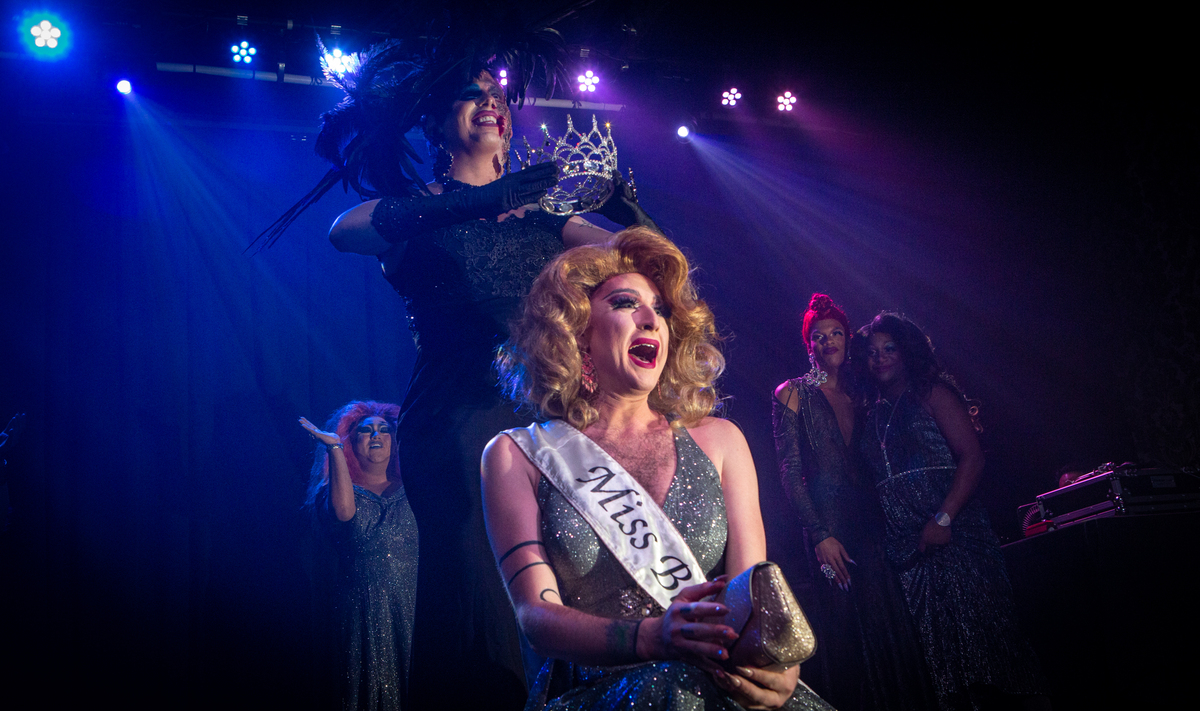
The BDN Opinion section operates independently and does not set newsroom policies or contribute to reporting or editing articles elsewhere in the newspaper or on .
Naomi Ishisaka is The Seattle Times’ assistant managing editor for diversity, inclusion and staff development.
Over the past few months, the level of manufactured outrage over kids at drag shows and teaching about gender in schools seems to have reached a fever pitch.
Across the country, bills are being pushed to restrict drag performances in the presence of children and limit in-school discussions about gender and sexual orientation, all under the guise of protecting our next generation.
The whipped-up fearmongering has been good for conservative media and politicians. But it has been terrifying for trans and gender diverse people and has kept eyes off the very real ways that actual gender oppression persists.
March 8 was International Women’s Day, an opportunity to celebrate women’s achievements and reflect on where we should actually be focusing our attention.
If people are really worried about our children’s future, they should care that half our children can expect to earn less based on their gender. The gender pay gap is real, and, according to Pew, has remained virtually static for decades. In 2022, women overall earned 82 percent of what men earned, a tiny improvement from 80 percent in 2002.
For Black, Native and Latina women, the picture is even bleaker.
According to jobs platform Idealist, Black women earn 58 cents on the dollar compared with white, non-Hispanic men. Latinas earn 4 cents less than that and Native women, 51 cents. That means it won’t be until Nov. 30, 2023, that Native women will earn as much as a white man made the previous year, a measurement known as Equal Pay Day. And according to the Human Rights Campaign, trans men overall earn only 70 cents on the dollar and trans women 60 cents, compared to the average worker.
If we really cared about protecting our children, we would ensure their ability to control their own reproductive future. Access to abortion is an economic issue as well as a human rights issue. A study set to publish this year in the Indiana Law Journal found women of childbearing age saw their wages fall 5 percent when abortions were restricted in their states, as they stop working or take lower-paying jobs, according to Axios.
It’s easy to feel like the wave of abortion bans in states like Texas doesn’t affect us in Seattle, where abortion rights are protected and measures to protect abortion providers from out-of-state investigations are moving through the state legislature. But as my colleague Nina Shapiro wrote last month, an increasing number of patients seeking abortion care are coming to Washington, many from Texas, where performing an abortion is now a felony punishable by up to life in prison.
And zooming out, the picture is even more concerning. Recently, U.N. Secretary-General António Guterres said gender equality worldwide is now 300 years away and “vanishing before our eyes.”
He cited women and girls being “erased from public life” in Afghanistan after the resurgence of the Taliban, as well as the rollback of sexual and reproductive rights around the globe.
Women are fighting back worldwide, but at a terrible cost. In Iran, protesters are fighting against the theocracy and restrictions on their human rights. The Iranian government acknowledged in November more than 300 people had been killed in protests. Activist groups say the number is much higher and many thousands have been detained. In the Seattle area, Iranian Americans have been protesting for “Woman, Life, Freedom” in solidarity for months, nearly weekly.
In order to shorten that horrifying 300-year prediction, we have to keep our eyes on the ball and — even though it’s complex and challenging — keep fighting for a world that doesn’t raise arbitrary barriers based on gender or identity.
Having a story read to a child by a person in drag will not affect that child’s ability to fulfill their potential. We should forcefully reject that implication.
We can make progress on the many things holding women, girls and gender diverse people back in the U.S. and around the world, but only if we stop focusing on faux threats and start focusing on real problems.



Comments are closed, but trackbacks and pingbacks are open.